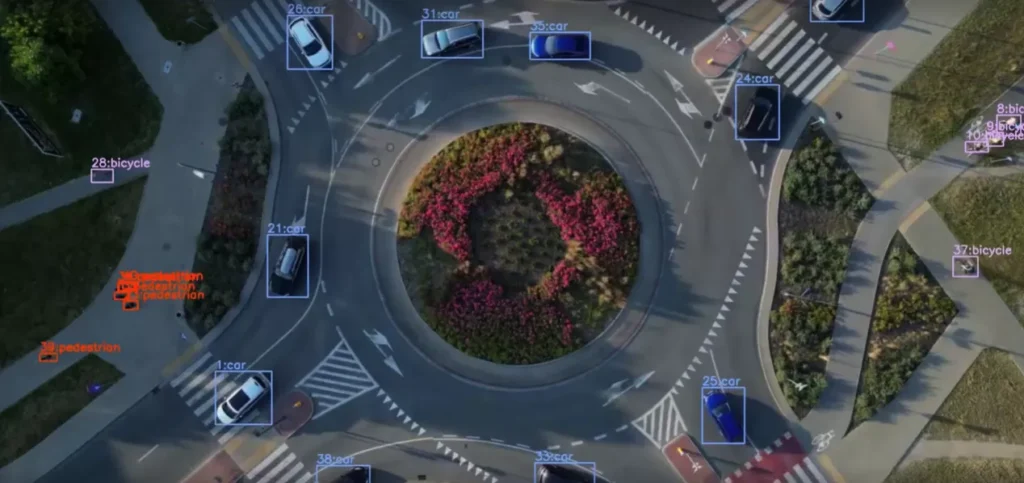
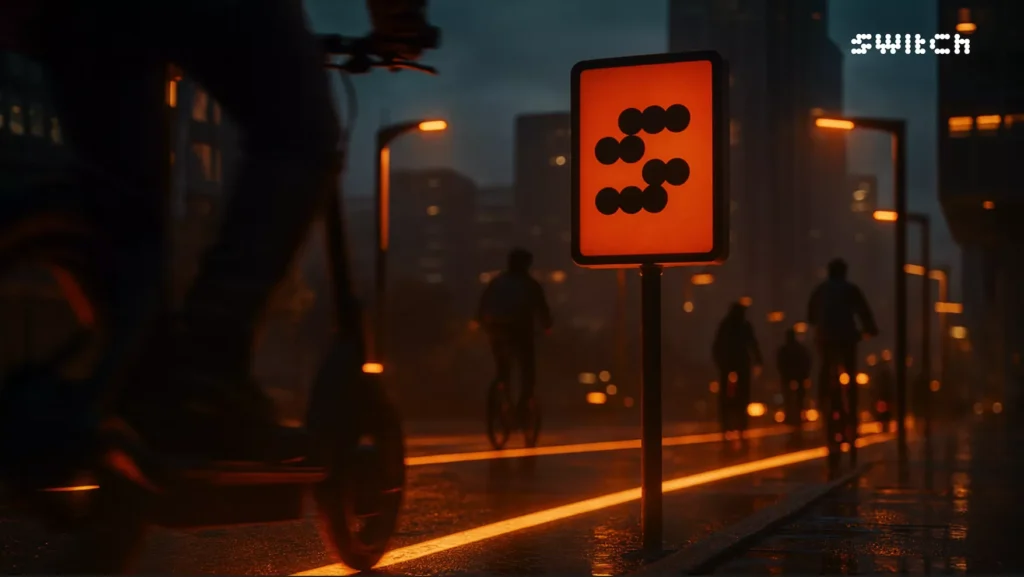
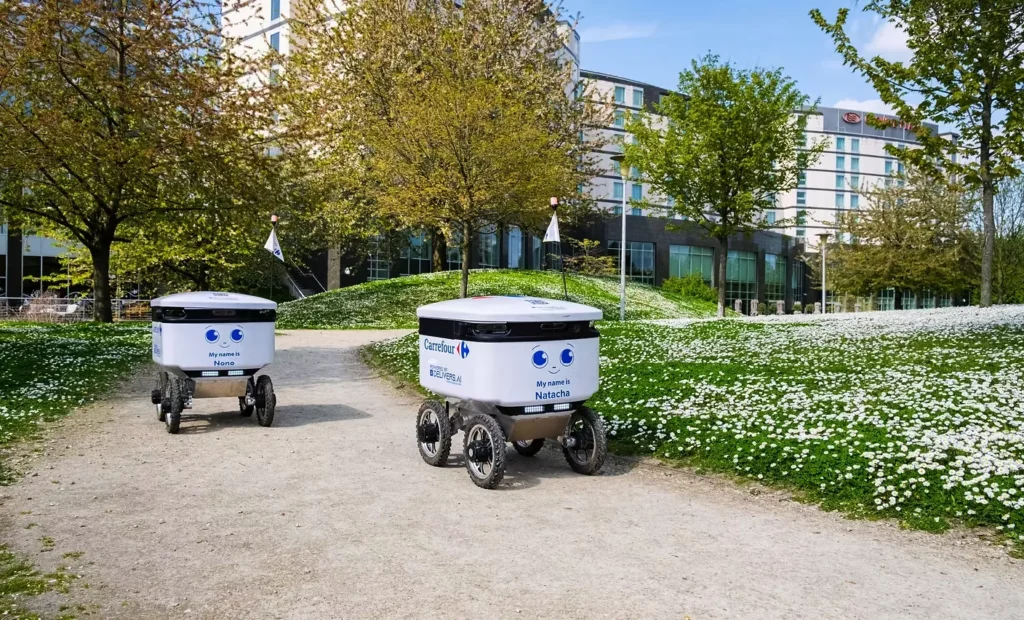
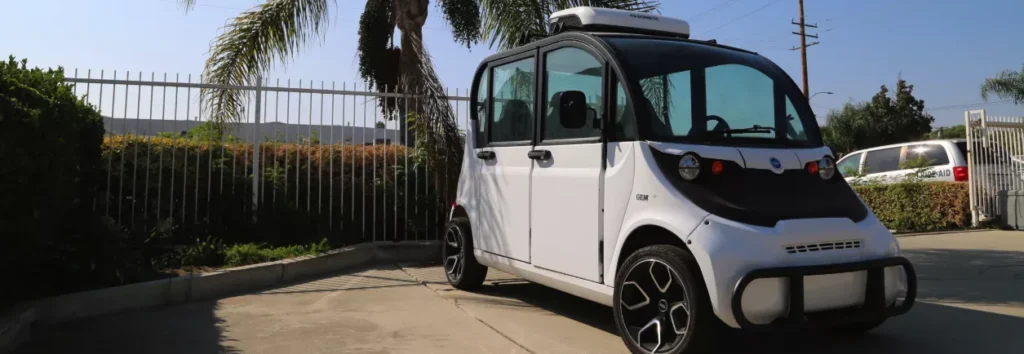
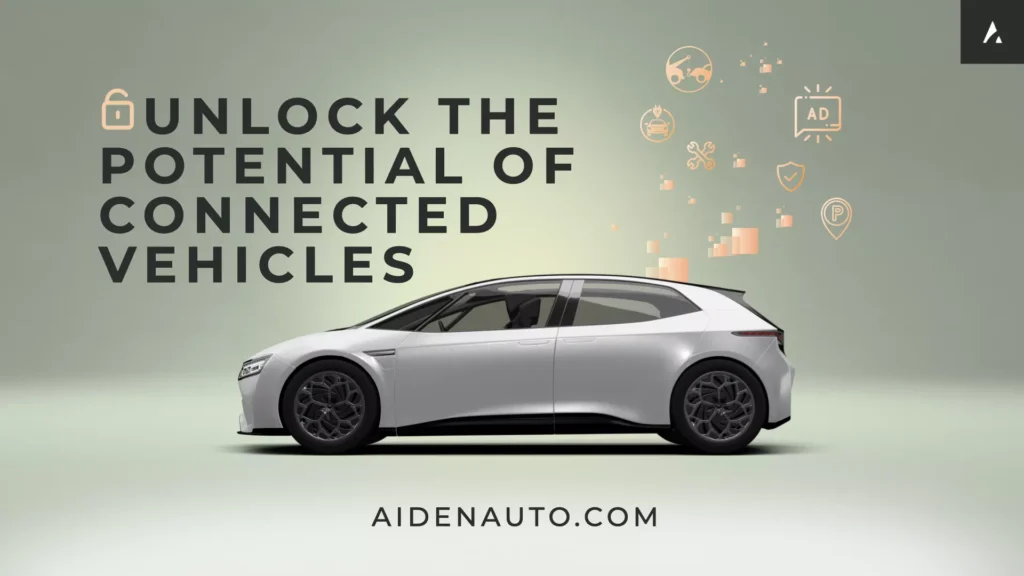





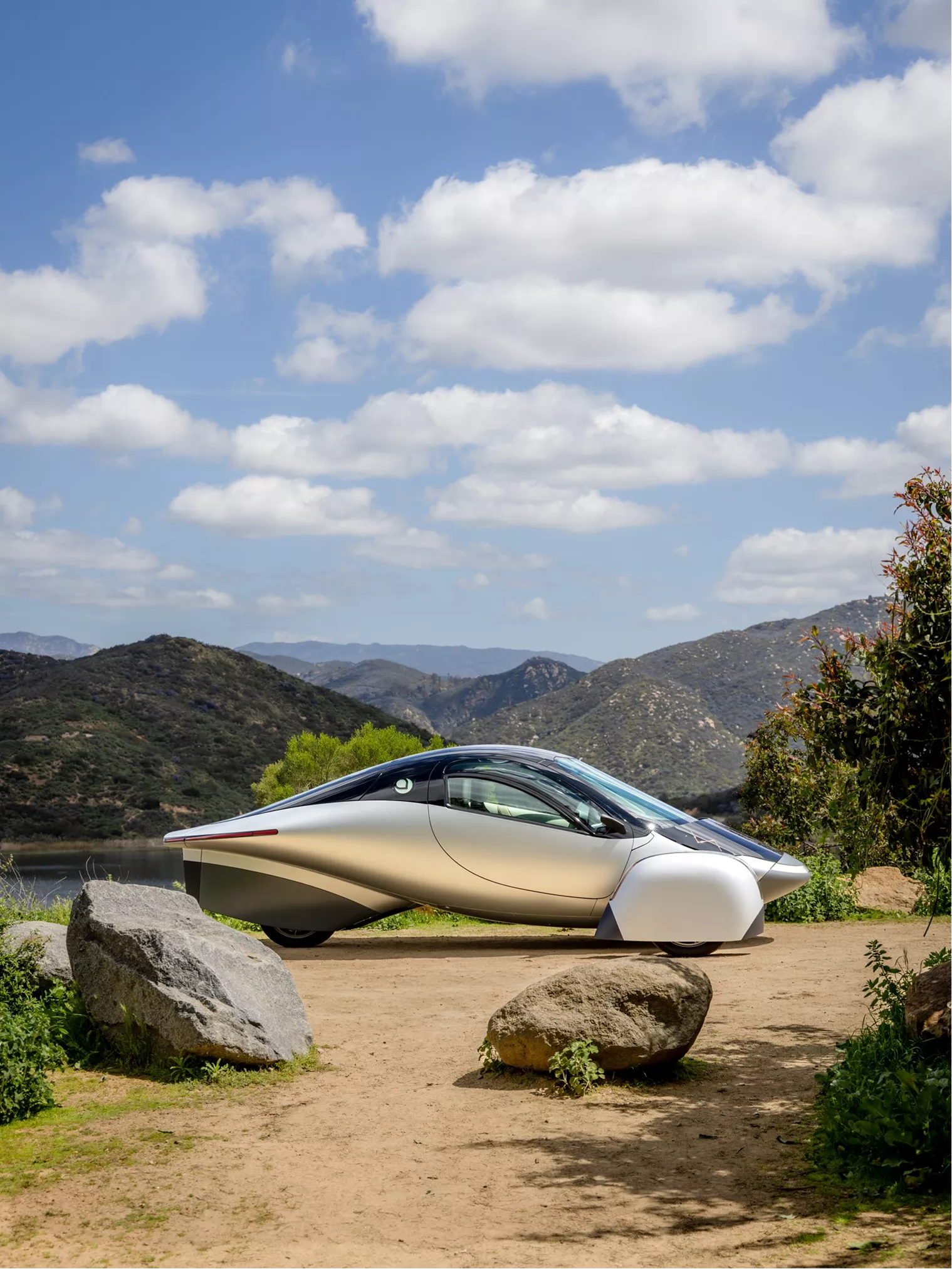
From EVs and batteries to autonomous vehicles and urban transport, we cover what actually matters. Delivered to your inbox weekly.
Graz has adopted its Mobility Plan 2040 (MP2040), a long-term regulatory framework that will transition the city’s transport system toward an 80% modal share for walking, cycling, and public transit. The plan is structured not as a catalogue of projects but as a mechanism for reorganizing space, funding, and political authority around non-car movement.
The plan was developed through a citywide participatory process involving over 1,800 formal citizen inputs, 3,000 online survey responses, and district-level workshops. This input shaped intervention priorities, particularly around traffic calming, safe school zones, and neighborhood-scale livability upgrades. Local knowledge was codified into the structure of the plan itself — defining where and how implementation will take place.
Graz’s strategy follows the EU’s Sustainable Urban Mobility Plan (SUMP) standard, which ties infrastructure funding and legal compliance to performance-based urban mobility planning.
Within that framework, MP2040 lays out two primary mobility goals:
✅ 29 designated traffic calming zones prioritized for public space recovery, intersection redesign, and non-car circulation
✅ Reductions in curbside car infrastructure, shifting parking space toward multi-use public functions or modal interchange points
✅ Integrated land-use and transport planning aligned with 15-minute access principles, where daily needs are reachable without private vehicle use
✅ Expansions in bus and tram frequency, particularly for underserved districts and regional commuter routes
✅ Formal KPIs for emissions, access, gender equity in mobility, and perceived safety — subject to ongoing public review
MP2040 does not eliminate cars. It structurally deprioritizes them. Space is being reprogrammed to deliver social, environmental, and temporal efficiency.
This includes moderate parking reform, speed-limit zoning, and surface-level redesigns that shift the hierarchy from car access to user equity.
City leadership emphasized that MP2040 is not a static plan. Every measure will go through separate democratic approval stages, with district and citizen representation embedded at the implementation level. Each project will require its own financing and delivery timeline, tied back to the plan’s core performance metrics.
By committing to mode-share-driven governance, Graz transitions away from reactive traffic management toward spatial policy with fixed goals. The plan ties mobility outcomes to EU funding eligibility, making delivery a condition of financial viability.
MP2040 is now the operating logic for mobility in Graz. The street has become a structure of governance.